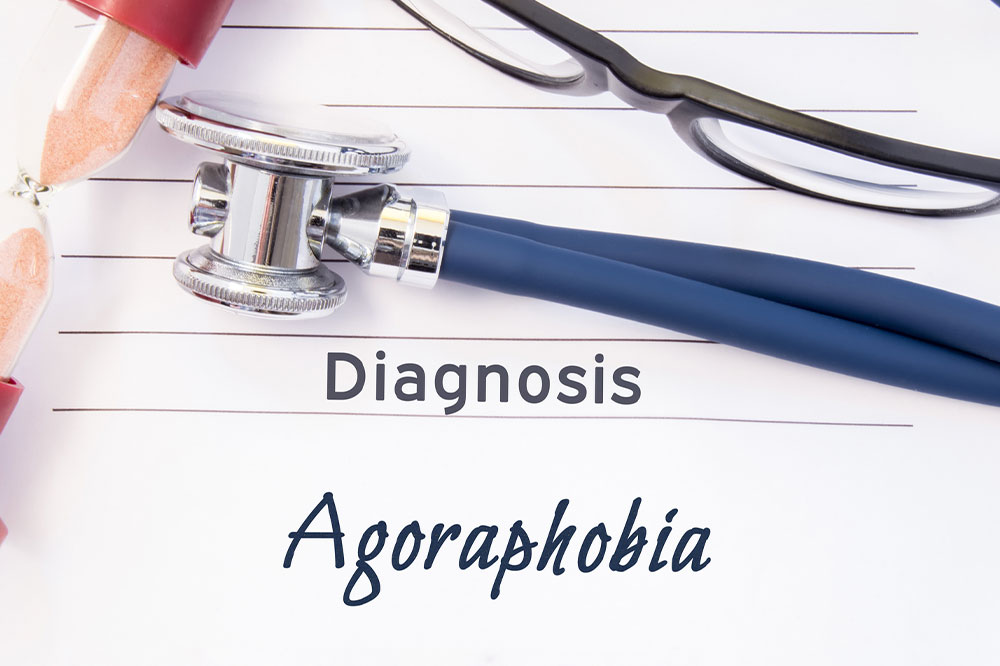
Agoraphobia – Causes, symptoms, and management options
Agoraphobia is a mental health disorder characterized by an intense fear of situations or spaces where one might feel trapped. People with this condition often avoid crowded areas, public transportation, open spaces, and other places that make it difficult to escape. This fear can significantly impact daily life. The treatment plan for agoraphobia could be a combination of therapy, lifestyle changes, and prescription options to help manage the symptoms and deal with the anxiety disorder.
Causes
The exact cause of agoraphobia is not entirely understood. However, it is believed that a combination of genetic, environmental, and psychological factors could contribute to the development of this disorder. Here are a few risk factors:
Panic disorder: Agoraphobia is often linked to panic disorder, and those who have experienced panic attacks in certain situations may develop agoraphobia as a way to avoid those triggers.
Traumatic experiences: A traumatic event, such as being stuck in a crowded or confined space, can contribute to the development of agoraphobia.
Phobias and anxiety: Those with other phobias or types of anxiety disorders are more susceptible to developing agoraphobia.
Family history: A family history of anxiety disorders can increase the risk of developing agoraphobia.
Symptoms
The symptoms of agoraphobia can vary in intensity but usually include:
Fear of large, open, or crowded spaces: People with the disorder may avoid places like shopping malls, airports, public transportation, or large gatherings, where they might feel trapped or helpless.
Fear of being alone: Agoraphobia may make one fear being alone outside their home.
Avoidance behavior: Those with this disorder may go to any extent to avoid situations that trigger their anxiety.
Physical symptoms: As agoraphobia is a type of anxiety disorder, it can lead to physical symptoms like rapid heartbeat, sweating, trembling, dizziness, and shortness of breath.
Dependency on others: Those with severe agoraphobia may become overly dependent on others for support and assistance.
Management options
Agoraphobia is a treatable condition, and several options can help one manage their symptoms:
Cognitive behavioral therapy (CBT): CBT is a common form of treatment for agoraphobia. It assists individuals in identifying and challenging negative thought patterns and gradually facing their fears in a controlled and supportive environment.
Exposure therapy: This involves slowly introducing one to situations or places they fear. Over time, repeated exposure can reduce anxiety and desensitize the person to their triggers.
Prescription treatment: In some cases, doctors may prescribe options for managing symptoms of agoraphobia; however, these are typically used in conjunction with therapy.
Support groups: Joining support groups with others who have experienced or are dealing with agoraphobia can help one understand what to expect and avoid feeling alone.
Lifestyle changes: Adopting a healthy lifestyle consisting of regular workouts, adequate sleep, and stress management techniques can be beneficial in managing anxiety disorders.
Agoraphobia is a type of anxiety disorder that can make it hard to feel safe in public places, especially those that are crowded and new to one. However, one can deal with the disorder with adequate support, care, and treatment. One should consult a doctor if they experience any of the common symptoms of the disorder and seek timely assistance.




